Analysis and key findings. A report by the International Energy Agency.
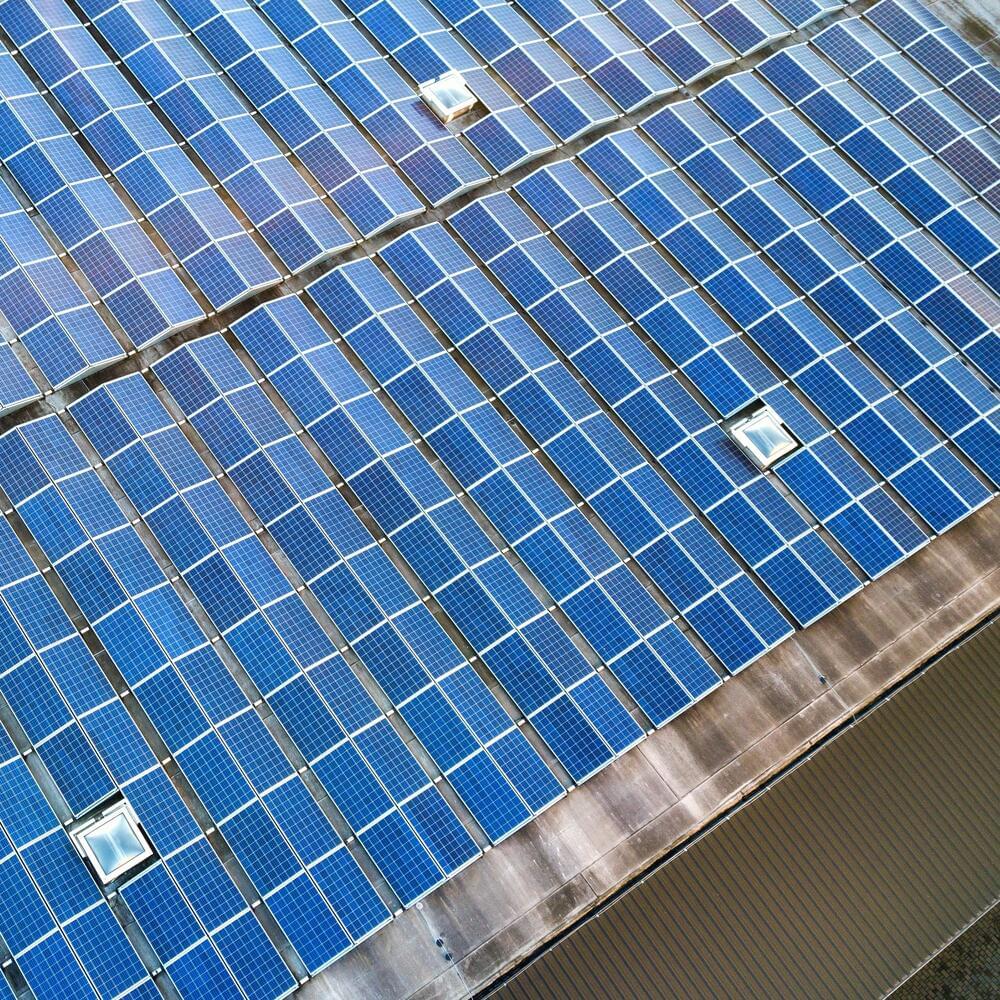


A research group led by Prof. WU Kaifeng from the Dalian Institute of Chemical Physics (DICP) of the Chinese Academy of Sciences (CAS), in collaboration with Dr. Peter C. Sercel from the Center for Hybrid Organic Inorganic Semiconductors for Energy, recently reported the utilization of lattice distortion in lead halide perovskite quantum dots (QDs) to control their exciton fine structure.
The study was published in Nature Materials (“Lattice distortion inducing exciton splitting and coherent quantum beating in CsPbI 3 perovskite quantum dots”).
Lattice distortion of perovskite quantum dots induces coherent quantum beating. (Image: DICP)

Things are starting to get a bit strange in the world of the offshore wind industry in Australia. Nothing has been built yet – in fact legislation allowing even a feasibility study is yet to be finalised – but the sheer scale of the proposals is jaw-dropping.
In total, according to RenewEconomy’s own offshore wind map of Australia, nearly 40GW of project proposals scattered around the southern half of the country (the offshore wind resource is not nearly as interesting in the northern part of the island continent) have been unveiled by various developers.
Some 12GW of proposals, and accompanying headlines, have come from a little known Danish outfit called Copenhagen Energy, not to be confused with Copenhagen Infrastructure Partners, which is the biggest shareholder in the country’s most advanced wind project, the 2.2GW Star of the South proposal in Victoria.

An ultracompact circularly polarized light source is a crucial component for the applications of classical and quantum optics information processing. The development of this field relies on the advances of two fields: quantum materials and chiral optical cavities. Conventional approaches for circularly polarized photoluminescence suffer from incoherent broadband emission, limited DOP, and large radiating angles. Their practical applications are constrained by low efficiency and energy waste to undesired handedness and emission directions. The chiral microlasers can have large DOPs and directional output, but only in specific power ranges. Most importantly, their subthreshold performances plummet significantly. Up to now, the strategy for simultaneous control of chiral spontaneous emission and chiral lasing is still absent.
In a new paper published in Science, researchers from Harbin Institute of Technology and Australian National University employ the physics of chiral quasi bound states in the continuum (BICs) and demonstrate the efficient and controllable emission of circularly polarized light from resonant metasurfaces.
BICs with integer topological charge in momentum space and a theoretically infinite Q factor have been explored for many applications including nonlinear optics and lasing. By introducing in-plane asymmetry, BICs turn to be quasi-BICs with finite but still high Q factors. Interestingly, the integer topological charge of BICs mode would split into two half integer charges, which symmetrically distribute in momentum space and correspond to left-and right-handed circular polarization states, also known as C points.
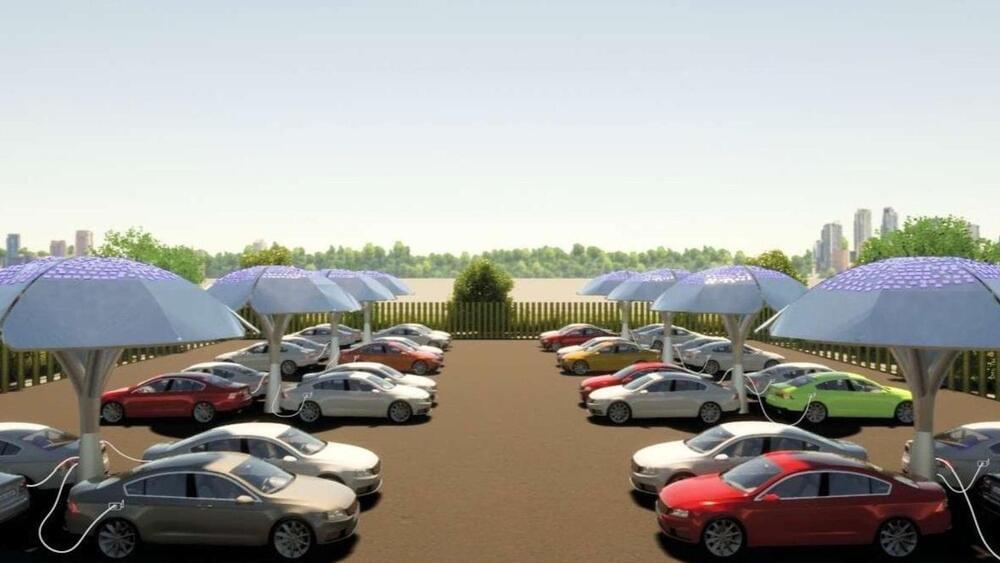
It will be commercially available in early 2023.
London-based SolarBotanic Trees (SBT) unveiled its solar and storage system that is shaped liked a tree. The company aims to deploy its technology to charge electric vehicles (EVs) to begin with, Electrek.
With the world moving towards less-carbon emissions, there is a rush toward harnessing renewable sources of energy. Not only do these technologies need improvements in their power generation efficiencies, but they also need to be aesthetically pleasing.
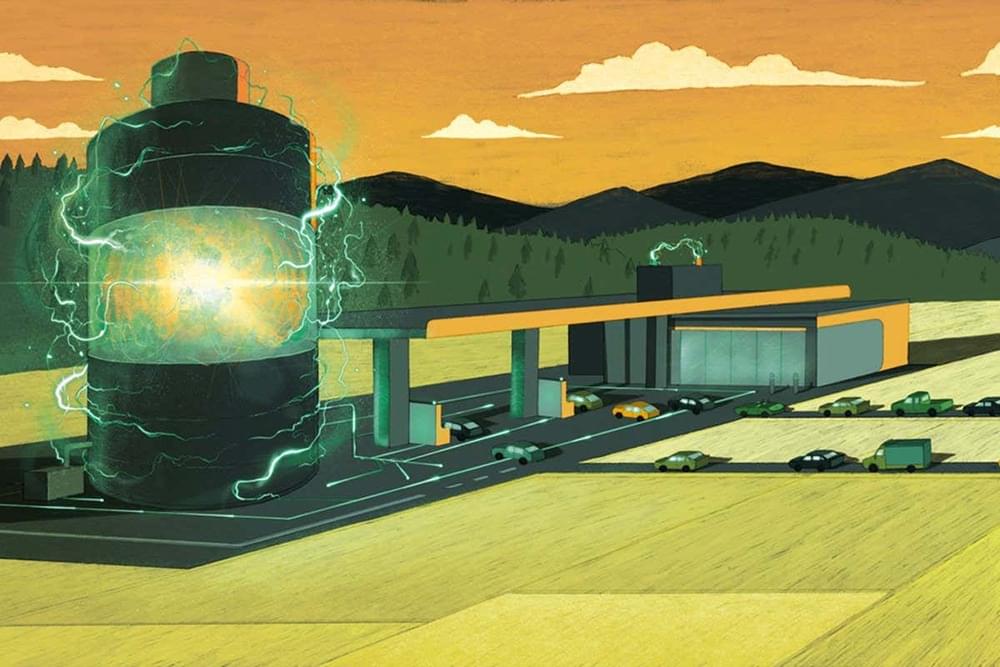
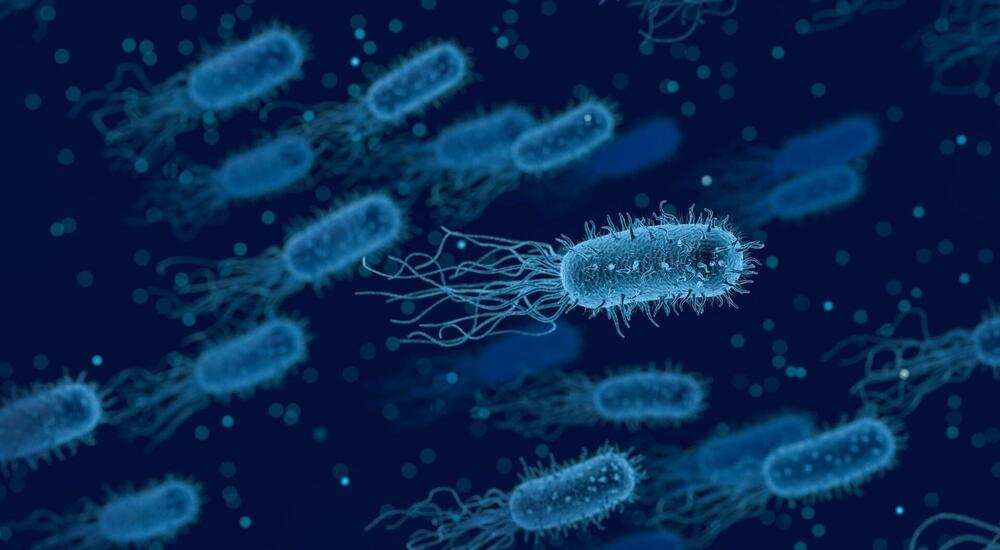
The natural world possesses its own intrinsic electrical grid composed of a global web of tiny bacteria-generated nanowires in the soil and oceans that “breathe” by exhaling excess electrons.
In a new study, Yale University researchers discovered that light is a surprising ally in fostering this electronic activity within biofilm bacteria. Exposing bacteria-produced nanowires to light, they found, yielded an up to a 100-fold increase in electrical conductivity.
The findings were published Sept. 7 in the journal Nature Communications.
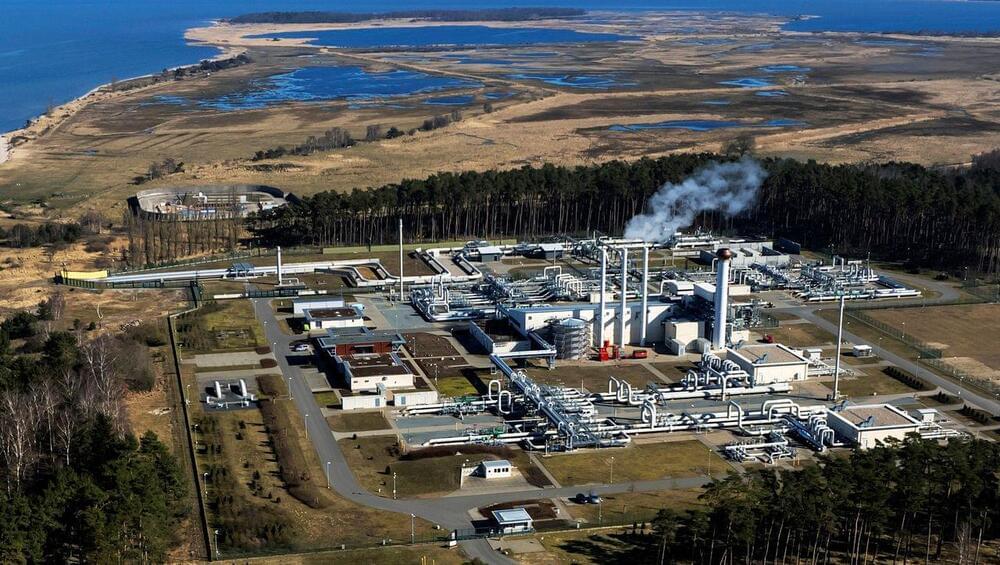
On the other hand, ever since Moscow’s invasion of Ukraine in February, Germany has been doing all it can to become independent of gas imports from Russia. The country’s storage facilities are filling up and natural gas consumption, particularly in industry, has dropped significantly. So does that mean that the suspension of deliveries via Nord Stream 1 isn’t such a big deal after all? We have compiled answers to the most important questions.
How badly will German natural gas supplies be affected by the suspension of Nord Stream 1 operations?
The discontinuation of gas deliveries from Russia is certainly a setback for German efforts to fill storage facilities to maximum capacity before the arrival of winter. And drives prices even higher. For the moment, though, no industrial operation or household must be concerned about a sudden suspension of gas supplies. Natural gas demand is rather low for the time being, and plenty of the fuel is being delivered from other countries, though at a much higher price.
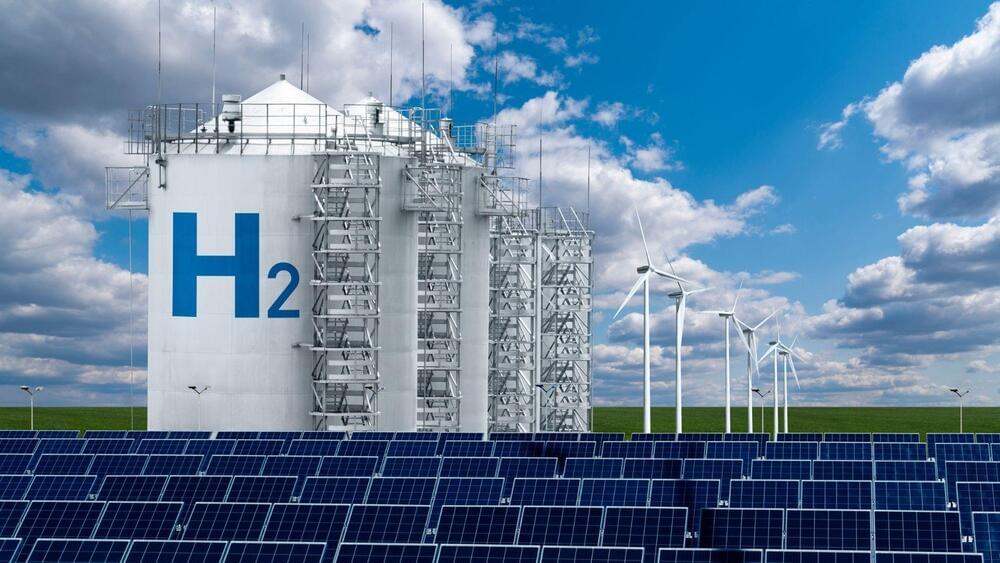
Scalable technology can work in relative humidity of four percent too.
An international collaboration of researchers has successfully demonstrated the production of green hydrogen directly from the air, a press release said.
Solar and wind installations are picking up steam as the world looks toward greener energy sources. Although energy is generated in an emission-free way in these methods, energy storage requires large batteries, which do not fit into the idea of sustainable living.
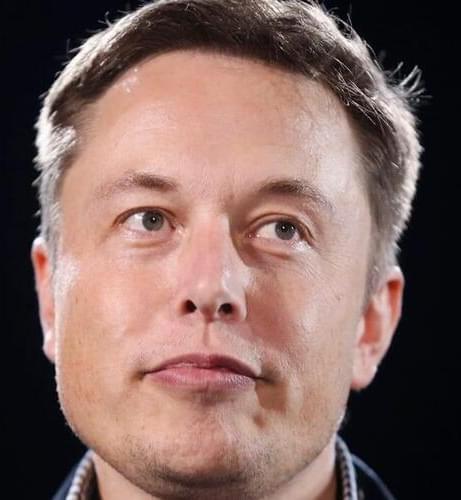
“Almost every male character so far is a coward, a jerk or both,” he tweeted. “Only Galadriel is brave, smart and nice.”
Galadriel is one of the female stars of the show.
Amazon has invested $1 billion in “The Lord of the Rings: The Rings of Power” series inspired by the world of J.R.R. Tolkien, and former company executives told Insider the company will use the show to determine if Amazon Studios is a worthwhile venture for the company.